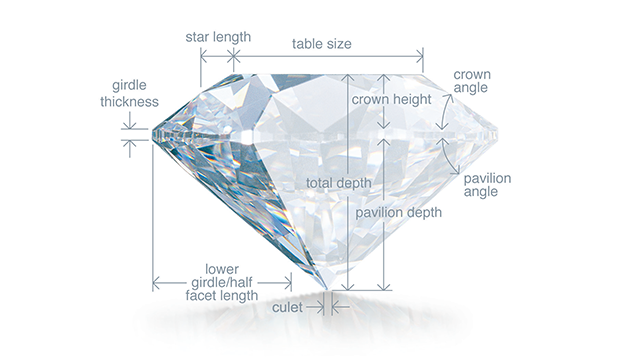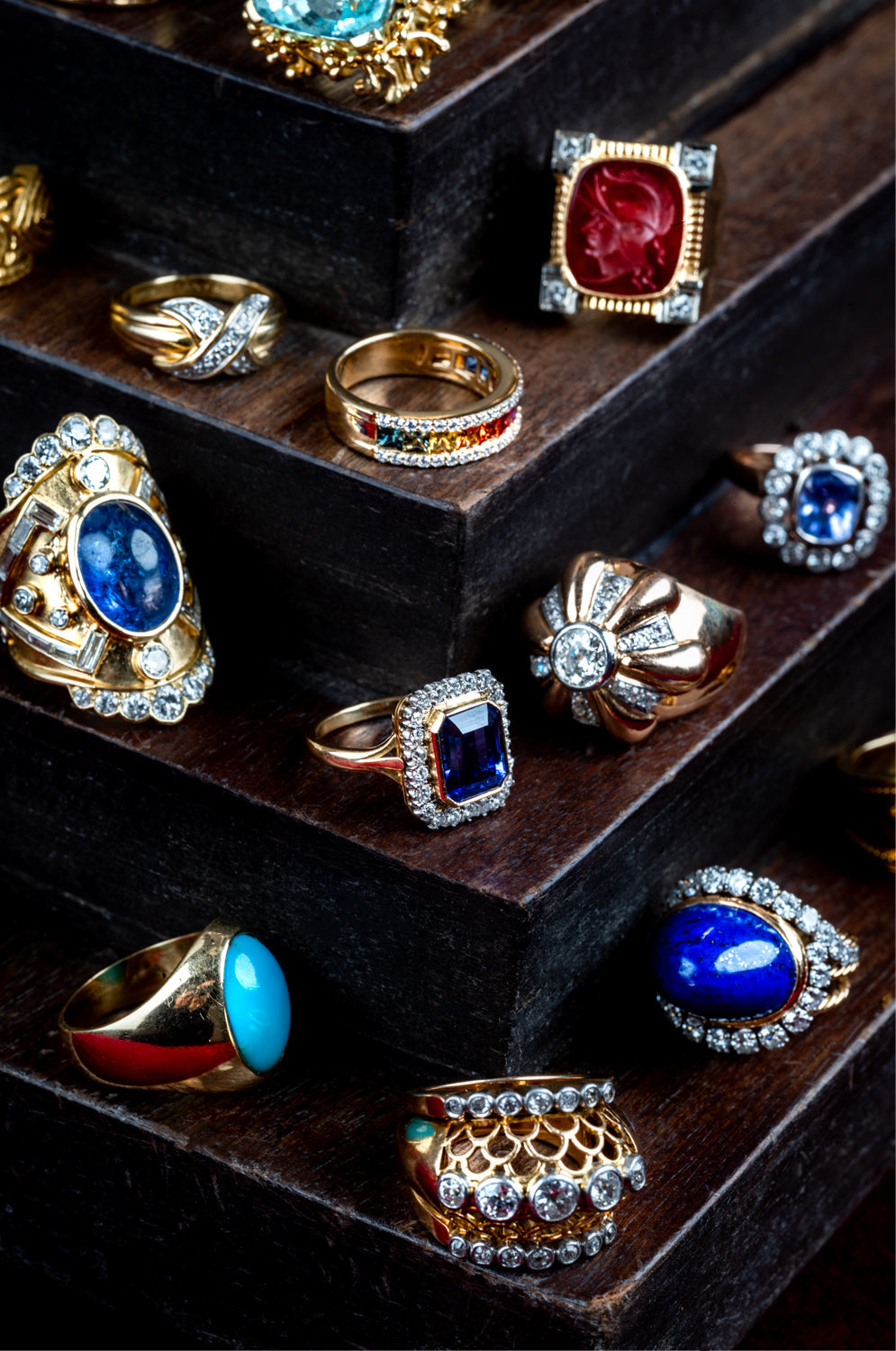文章: The 4 C's Explained

The 4 C's Explained
Demystifying the 4 C's of Diamond Grading: A Guide to Assessing Diamond Quality
When it comes to evaluating the quality of a diamond, the 4 C's—cut, color, clarity, and carat weight—serve as the fundamental criteria. Established by the Gemological Institute of America (GIA), this system provides a standardized approach to diamond grading that has transformed the industry. In this blog post, we explore the significance of the 4 C's and highlight the importance of an additional "C"—the diamond certificate—as an essential companion to high-quality diamonds.
The GIA and the Birth of the 4 C's:
The GIA, a globally recognized authority in gemology, introduced the 4 C's diamond grading system to provide consistency and accuracy in evaluating diamonds. This system, established in the 1950s, revolutionized the industry by offering an objective framework to assess diamonds' characteristics and determine their quality and value.
Cut: Unleashing the Diamond's Brilliance
The cut of a diamond refers to how well it has been shaped and faceted, directly influencing its brilliance and sparkle. The GIA assesses diamond cuts on a scale from Excellent to Poor, considering factors such as proportions, symmetry, and polish. A well-cut diamond reflects and refracts light optimally, captivating with its dazzling radiance.

Color: Exploring the Diamond's Hue
Diamonds exhibit a range of colors, from colorless to varying shades of yellow or brown. The GIA grades diamond color on a scale from D (colorless) to Z (light yellow or brown). Colorless diamonds, rated higher on the scale, are coveted for their purity and ability to reflect light, while fancy colored diamonds showcase vibrant hues that add a unique allure.


Clarity: Revealing the Diamond's Clarity
Clarity refers to the presence of internal and external flaws, known as inclusions and blemishes, respectively. The GIA grades diamond clarity on a scale ranging from Flawless (no visible inclusions or blemishes under 10x magnification) to Included (inclusions visible to the naked eye). A diamond with higher clarity possesses fewer imperfections and offers exceptional brilliance and transparency.

Carat Weight: The Measure of Size
Carat weight measures a diamond's size, with one carat equivalent to 200 milligrams. While carat weight influences a diamond's perceived size, it is crucial to consider the other 4 C's to assess its overall quality and value accurately.
Points:
In the context of diamond carat weight, "points" are a unit of measurement commonly used by jewellers. Each carat can be divided into 100 points, allowing for more precise descriptions of a diamond's weight. For example, a diamond weighing 0.25 carats is often referred to as a "twenty-five pointer." This system enables jewellers and customers to discuss and compare the size and weight of diamonds in a clear and standardized manner.

The 5th C:
The Importance of Diamond Certificates: To ensure transparency and trust, high-quality diamonds should come with a diamond certificate, also known as a grading report. This document is issued by reputable gemological laboratories, such as the GIA, and provides an unbiased evaluation of a diamond's characteristics. It includes detailed information about the 4 C's, as well as additional data like fluorescence, proportions, and symmetry. A diamond certificate serves as proof of a diamond's quality, allowing you to make an informed purchase with confidence.
The 4 C's diamond grading system, established by the GIA, forms the cornerstone of assessing a diamond's quality and value. Understanding the significance of cut, color, clarity, and carat weight empowers you to make informed decisions when selecting a diamond that matches your preferences and budget. Moreover, a diamond certificate, the 5th C, is a crucial component for high-quality diamonds, providing an independent assessment that validates the diamond's characteristics. At Wildsmith Jewellery, we prioritize transparency and offer diamonds accompanied by reputable certificates, ensuring that our customers receive exceptional quality and value in their diamond purchases.



